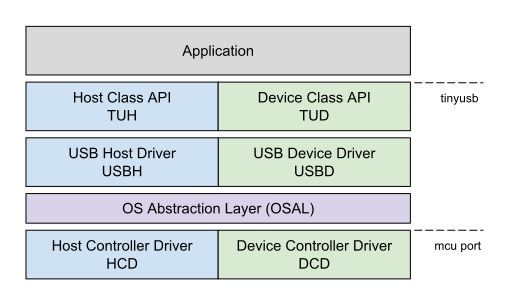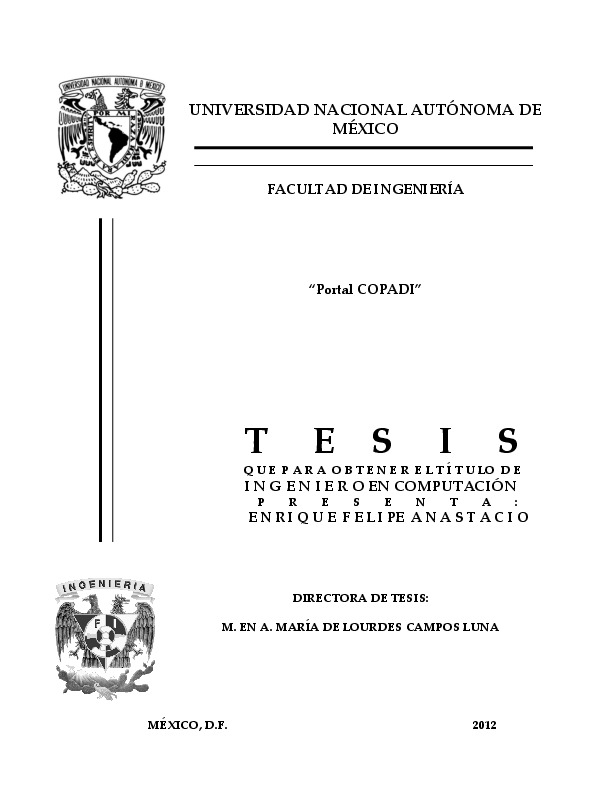This site uses cookies. By continuing to browse this site, you are agreeing to our Cookie Policy.
- Download Segger Port Devices Driver
- Download Segger Port Devices Driver Windows 7
- Download Segger Port Devices Driver Printer
- Download Segger Port Devices Driver Updater
Your browser has JavaScript disabled. If you would like to use all features of this site, it is mandatory to enable JavaScript.

An unknown device isn’t just unknown — it’s not functioning until you install the right driver. Windows can identify most devices and download drivers for them automatically. When this process fails — or if you disable automatic driver downloads — you’ll have to identify the device and hunt the driver down on your own.
J-Link/Flasher related
Subjects regarding J-Link, J-Trace, Flasher ARM, Flasher RX, Flasher PPC, Flasher Portable, RDI, GDB-Server, Flash Download, Flash Breakpoints, etc. SEGGER - Alex -SEGGER SystemView related
Subjects regarding SEGGER SystemView SEGGER - Nino -SEGGER Embedded Studio related
Subjects regarding SEGGER Embedded Studio, our streamlined and powerful C/C++ IDE (Integrated Development Environment) for ARM microcontrollers Thomasso -embOS related
Subjects regarding embOS, our RTOS for virtually any core and compiler broddo -emNet related
Subjects regarding emNet, our TCP/IP stack SEGGER - Oliver -emWin related
Subjects regarding emWin, our GUI software sridhar6994 -- Threads
- 28
- Posts
- 100
emFile related
Subjects regarding emFile, our file system for FAT12, FAT16, FAT32, EFS SEGGER - Marius -Ozone related
Subjects regarding Ozone, our cross-platform debugger and performance analyzer for J-Link and J-Trace keyboardwizard -General
Everything that does not match any other topic
Download Segger Port Devices Driver
- Virtual COM port (VCP) drivers cause the USB device to appear as an additional COM port available to the PC. Application software can access the USB device in the This page contains the VCP drivers currently available for FTDI devices. For D2XX Direct drivers, please click here.
- A list of all ST devices supported by SEGGER can be found here. For further information regarding the STM32 product family, please refer to the website and documentation by STMicroelectronics. MCU Security Allow opt bytes device selection. Bytes' device selection is only available for STM32F1 series devices.
Statistics
10,017 Members - 7,613 Threads - 28,445 Posts (5.88 Posts per Day)
Latest Member: jpdoyon.
Overview¶
All Nordic nRF5x Development Kits, Preview Development Kits and Dongles are equippedwith a Debug IC (Atmel ATSAM3U2C) which provides the following functionality:
- Segger J-Link firmware and desktop tools
- SWD debug for the nRF5x IC
- Mass Storage device for drag-and-drop image flashing
- USB CDC ACM Serial Port bridged to the nRF5x UART peripheral
- Segger RTT Console
- Segger Ozone Debugger
Segger J-Link Software Installation¶
To install the J-Link Software and documentation pack, follow the steps below:
- Download the appropriate package from the J-Link Software and documentation pack[12] website
- Depending on your platform, install the package or run the installer
- When connecting a J-Link-enabled board such as an nRF5x DK, PDK or dongle, adrive corresponding to a USB Mass Storage device as well as a serial port should come up
nRF5x Command-Line Tools Installation¶
The nRF5x command-line Tools allow you to control your nRF5x device from the command line,including resetting it, erasing or programming the flash memory and more.
To install them, use the appropriate link for your operating system:
After installing, make sure that nrfjprog is somewhere in your executable pathto be able to invoke it from anywhere.
Flashing¶
To program the flash with a compiled Zephyr image after having followed the instructionsto install the Segger J-Link Software and the nRF5x Command-Line Tools, follow the steps below:
- Connect the micro-USB cable to the nRF5x board and to your computer
- Erase the flash memory in the nRF5x IC:
Where <x> is either 1 for nRF51-based boards or 2 for nRF52-based boards
- Flash the Zephyr image from the sample folder of your choice:
Where: <board> is the board name you used in the BOARD directive when building (for example nrf52_pca10040)and <x> is either 1 for nRF51-based boards or 2 for nRF52-based boards
- Reset and start Zephyr:
Where <x> is either 1 for nRF51-based boards or 2 for nRF52-based boards
USB CDC ACM Serial Port Setup¶
Important note: An issue with Segger J-Link firmware on the nRF5x boards might causedata loss and/or corruption on the USB CDC ACM Serial Port on some machines.To work around this disable the Mass Storage Device on your board as described in Disabling the Mass Storage Device functionality.
Windows¶
The serial port will appear as COMxx. Simply check the “Ports (COM & LPT)” sectionin the Device Manager.
GNU/Linux¶

The serial port will appear as /dev/ttyACMx. By default the port is not accessible to all users.Type the command below to add your user to the dialout group to give it access to the serial port.Note that re-login is required for this to take effect.

Recent versions of ModemManager send AT commands to TTY-like devices[10]; thisincludes Nordic development kits. This will prevent you from using the serialport for a few seconds, and can make your application misbehave if it readsdata from the UART. Before running your application, you might want totemporarily disable ModemManager by running these commands:
You can also blacklist Segger devices by editing udev rules[11] so ModemManagerignores them, by running:

A fix for this is expected in ModemManager 1.8 and new firmware for the Segger IMCUs.
Apple macOS (OS X)¶
The serial port will appear as /dev/tty.usbmodemXXXX.
Disabling the Mass Storage Device functionality¶
Due to a known issue in Segger’s J-Link firmware, depending on your operating systemand version you might experience data corruption or drops if you use the USB CDCACM Serial Port with packets larger than 64 bytes.This has been observed on both GNU/Linux and macOS (OS X).
To avoid this, you can simply disable the Mass Storage Device by opening:
- On GNU/Linux or macOS (OS X) JLinkExe from a terminal
- On Microsoft Windows the “JLink Commander” application
And then typing the following:
And finally unplugging and replugging the board. The Mass Storage Device shouldnot appear anymore and you should now be able to send long packets over the virtual Serial Port.Further information from Segger can be found in the Segger SAM3U Wiki[5].
RTT Console¶
Segger’s J-Link supports Real-Time Tracing (RTT)[6], a technology that allows a terminalconnection (both input and output) to be established between the target (nRF5x board)and the development computer for logging and input. Zephyr supports RTT on nRF5x targets,which can be very useful if the UART (through USB CDC ACM) is already being used fora purpose different than logging (such as HCI traffic in the hci_uart application).To use RTT, you will first need to enable it by adding the following lines in your .conf file:
If you get no RTT output you might need to disable other consoles which conflictwith the RTT one if they are enabled by default in the particular sample orapplication you are running. For example, to disable the UART console,add this to your .conf file:
Once compiled and flashed with RTT enabled, you will be able to display RTT consolemessages by doing the following:
Windows¶
- Open the “J-Link RTT Viewer” application
- Select the following options:
- Connection: USB
- Target Device: Select your IC from the list
- Target Interface and Speed: SWD, 4000 KHz
- RTT Control Block: Auto Detection
GNU/Linux and macOS (OS X)¶
- Open
JLinkRTTLoggerfrom a terminal - Select the following options:
- Device Name: Use the fully qualified device name for your IC
- Target Interface: SWD
- Interface Speed: 4000 KHz
- RTT Control Block address: auto-detection
- RTT Channel name or index: 0
- Output file: filename or
/dev/stdoutto display on the terminal directly
Python viewer¶
A Python RTT viewer tool can be found in the pyrtt-viewer[7] GitHub repository.
Segger Ozone¶
Segger J-Link is compatible with Segger Ozone[8], a visual debugger that can be obtained here:
Once downloaded you can install it and configure it like so:
- Target Device: Select your IC from the list
- Target Interface: SWD
- Target Interface Speed: 4 MHz
- Host Interface: USB
Once configured, you can then use the File->Open menu to open the zephyr.elffile that you can find in your build folder.
References¶
| [1] | https://www.nordicsemi.com/eng/nordic/Products/nRF51822/nRF5x-Command-Line-Tools-Win32/33444 |
| [2] | https://www.nordicsemi.com/eng/nordic/Products/nRF51822/nRF5x-Command-Line-Tools-Linux32/52615 |
| [3] | https://www.nordicsemi.com/eng/nordic/Products/nRF51822/nRF5x-Command-Line-Tools-Linux64/51386 |
| [4] | https://www.nordicsemi.com/eng/nordic/Products/nRF51822/nRF5x-Command-Line-Tools-OSX/53402 |
| [5] | https://wiki.segger.com/index.php?title=J-Link-OB_SAM3U |
| [6] | https://www.segger.com/jlink-rtt.html |
| [7] | https://github.com/thomasstenersen/pyrtt-viewer |
Download Segger Port Devices Driver Windows 7
| [8] | https://www.segger.com/ozone.html |
| [9] | https://www.segger.com/downloads/jlink#Ozone |
| [10] | https://bugs.freedesktop.org/show_bug.cgi?id=85007 |
Download Segger Port Devices Driver Printer
| [11] | http://www.at91.com/linux4sam/bin/view/Linux4SAM/SoftwareTools#Device_or_resource_busy_dev_ttyA |
Download Segger Port Devices Driver Updater
| [12] | https://www.segger.com/jlink-software.html |